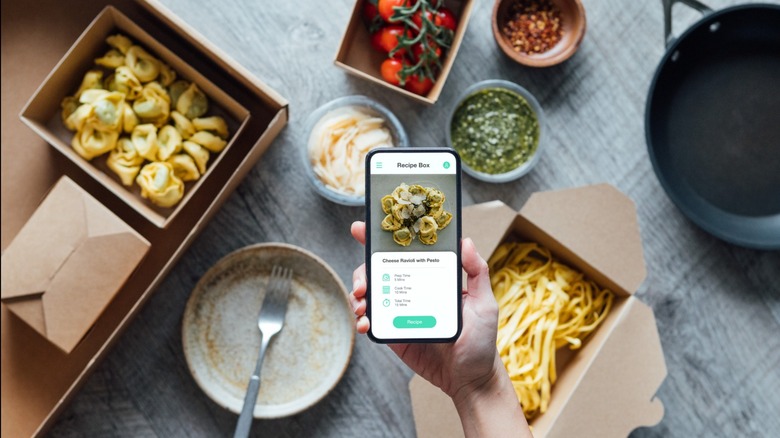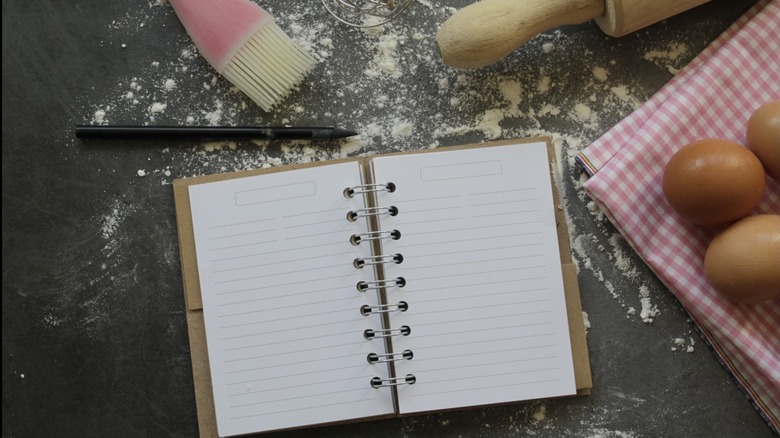How To Create And Write Down Your Own Recipes
Have you ever wondered how food bloggers manage to formulate an endless supply of informative recipes for their websites? I did. Before I had professional culinary training and experience, my passion for food and eating constantly inspired me to experiment with different ingredient combinations and explore how their flavors, textures, and arrangements could potentially harmonize together. However, I often found myself struggling to create an actual recipe. If the same is true for yourself, don't worry: You don't need formal training to create and write a great-tasting recipe.
All recipes start with an idea. Once you have one, you'll need three similar recipes to act as references. For instance, if you're creating a banana bread recipe, you need to find three top-rated recipes that use similar ingredients to the one you want to create. Once you've found these recipes, create a chart with the names of them across the top and their ingredients down the left side. Then, write the amount of each ingredient under the corresponding recipe. Once you've filled out the chart, compare the amount of ingredients used in each recipe. This will help you decide how much to include in your own recipe. For example, if two recipes use 1 ½ cups of all-purpose flour, while the third uses 2 cups, you can decide to use the most common amount (in this case 1 ½ cups) or a middling amount (1 ¾ cups). Repeat this process for all of the ingredients, and do the same for each step of the directions. Congratulations, you now have your own recipe!
How to write a recipe so it can be shared
Now, it is time to bake your recipe and see what the outcome is. Don't expect it to be perfect the first time. Instead, use each attempt to improve your recipe, making any necessary adjustments to enhance the outcome as you go. For instance, if you want to make a banana bread with more texture, you could incorporate chocolate chunks like Ina Garten does in her cookies or you could try adding sour cream, an ingredient Martha Stewart uses to improve her banana bread. Once you're happy with your finished dish, you're ready to write your final recipe.
The standard recipe format is the easiest structure to follow. It consists of a list of ingredients and a numbered list of directions. When writing the ingredients list, it is important to be specific about the quantities and form each ingredient appears in. For example, "three medium-ripe bananas, mashed" is much better than simply writing, "three bananas." When it comes to writing the directions, be specific. Others may want to use your recipe, and the less you leave up to interpretation the more consistent the final dish will be. At the top of the recipe, make sure to also include the number of servings the recipe makes and the total time it takes to produce the dish. Any other useful tips can be included in a notes section. Here, you can include useful tidbits like how to store banana bread so it stays deliciously moist.
Crafting your own recipe gives you the power to bring your culinary visions to life. The journey involves a lot of trial and error, but it's incredibly rewarding to hear others say "wow" when they taste your recipe.

